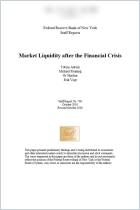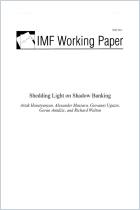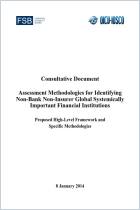加入 getAbstract 阅读摘要

加入 getAbstract 阅读摘要
Tobias Adrian
Financial Stability Policies for Shadow Banking
Staff Report No. 664
New York Fed, 2014
看看什么内容?
A specter haunts the financial system today, but it is probably not what you assume.
Recommendation
Shadow banking is something everyone has heard of but few understand well. Roughly equal in size as an industry to traditional banking, shadow banking is indispensable in today’s financial system. While it has grown ad hoc in response to market needs, it now has the heft to potentially disrupt economies all over the world. getAbstract recommends this paper for its astute treatment of the topic of shadow banking and the regulation needed to deal with it.
Summary
About the Author
Tobias Adrian is a senior vice president of the Federal Reserve Bank of New York.
























Comment on this summary